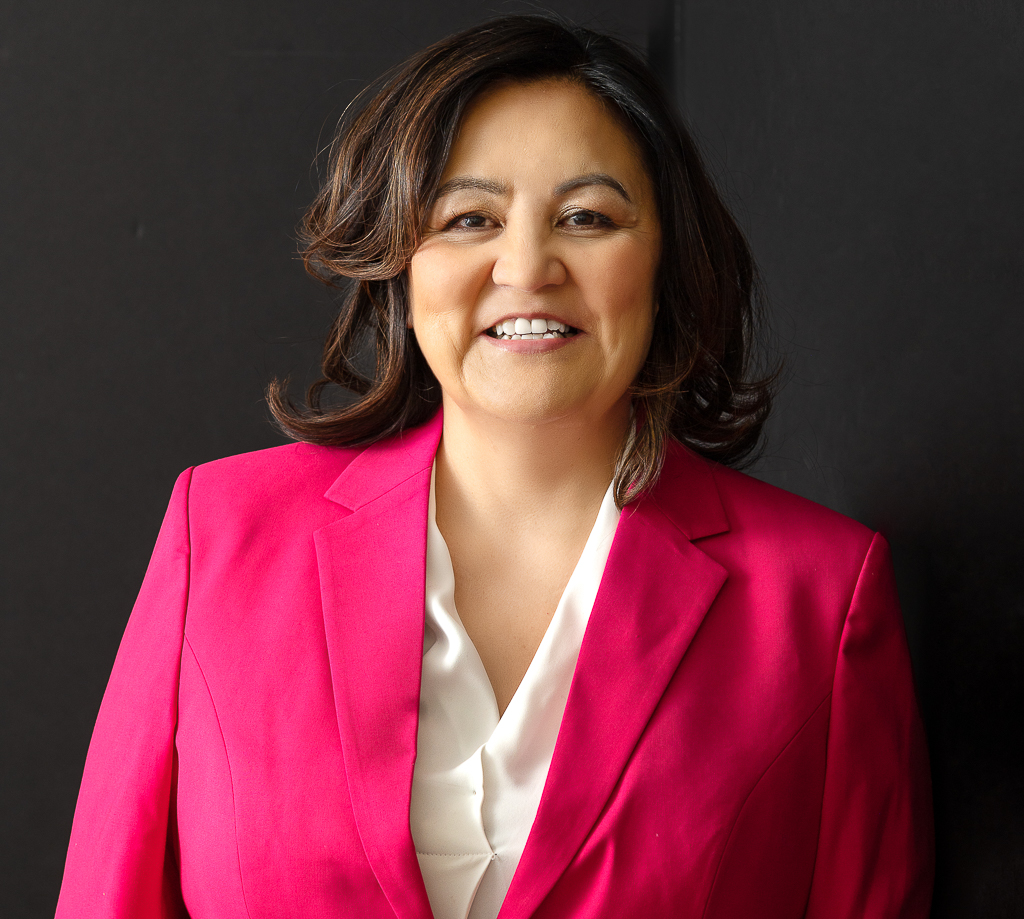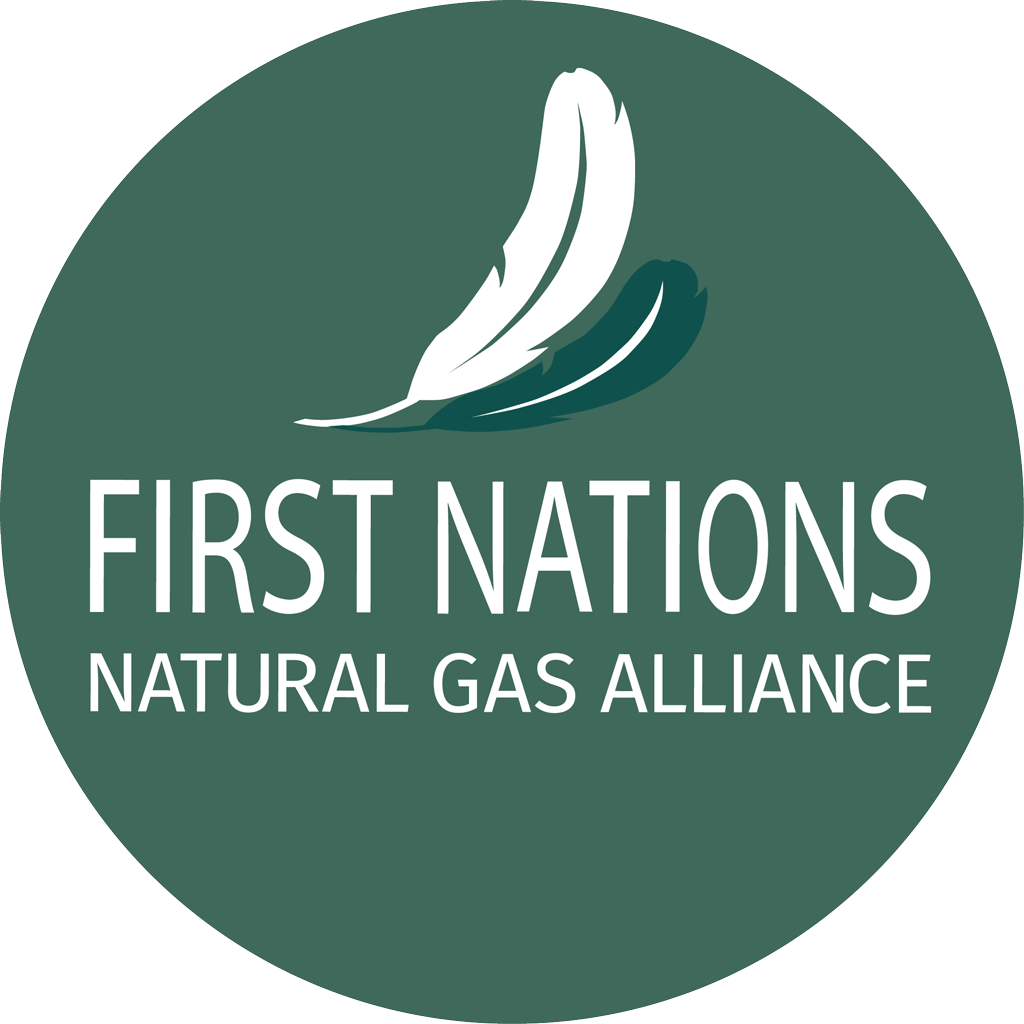As you know, the First Nations LNG Alliance now has changed its name to the “First Nations Natural Gas Alliance.”
Why the change?
It reflects how First Nations are involved in the natural-gas value chain – from the upstream, to the midstream, and downstream.
- It’s First Nations territory from where the gas is extracted in Treaty 8 territory and other places in Canada;
- It’s First Nations territory across which gas is transported via pipeline;
- It’s First Nations territory where LNG terminals are located;
- And it is First Nations waters through which carriers take LNG to market.
The expanded mission of the renamed Alliance will support and advance the tools that are helping First Nations communities be a part of natural-gas opportunities, as well as liquefied natural gas, and to earn revenue and employment from gas-related projects.
As Alliance CEO Karen Ogen says: “It could not come at a more critical time for Canada as we urgently need to diversify our exports and lessen our dependence on the United States.
“We should be getting the highest value out of our natural-gas resource possible, not watching the US export LNG from the Gulf Coast and Alaska.
“First Nations, industry, and government, working together, can ensure natural gas strengthens our economy and our resilience as a country.”
Looking back at the past decade, she notes the advances made to support economic reconciliation through the development of the natural-gas industry.
“The first LNG cargo from LNG Canada will soon leave Haisla territory, led by HaiSeas tugs, to deliver low-emission LNG from Canada to help power an energy transition from coal in Asia.
“Each cargo represents benefits for First Nations and revenues supporting health care, education, and other core services across British Columbia.”
Other notable examples include:
- Treaty 8 Nations actively involved in upstream gas development through revenue sharing, procurement, and other benefits;
- Cedar LNG, the first Indigenous majority-owned LNG project in the world;
- The Nisga’a Nation advancing the Ksi Lisims LNG project with its partners and taking an ownership interest in the PRGT pipeline;
- First Nations along the Coastal GasLink pipeline corridor receiving economic benefits from the pipeline, and negotiating an equity option for up to 10% of the project;
- Squamish Nation’s Indigenous-led environmental assessment of the Woodfibre LNG project;
- Musqueam Indian Band’s equity option for FortisBC’s Tilbury LNG projects;
- Many First Nations across BC participating through employment and procurement opportunities, joint ventures, and other economic opportunities;
- The federal Indigenous loan-guarantee program, Alberta’s Indigenous Opportunities Corporation, and BC’s First Nation Equity Financing Framework are helping First Nations participate as owners.
While the name of the Alliance has changed, the Alliance board of directors is unchanged, with Chief Councillor Crystal Smith of the Haisla Nation as chair, President Eva Clayton of the Nisga’a Nation as vice chair, along with First Nations board members from BC and Alberta. The Alliance has member organizations from BC, Alberta, and Newfoundland and Labrador.
The Alliance’s website and social-media channels now bear the new name, and will continue to carry national and regional news and information about natural gas and natural-gas liquids as well as LNG.
Says Karen: “In natural gas and LNG, we want to expand procurement opportunities, jobs and training opportunities for our peoples, and we want to be owners – as equity partners and through other forms of participation that help us build our self-sufficiency.
“We want to see more Indigenous-led, consent-based, environmental assessment processes.
“The First Nations Natural Gas Alliance is excited to help advance this agenda. Canadian natural gas is Indigenous natural gas. We can show the world that Canada’s natural gas can be developed responsibly and advance economic reconciliation for the benefit of our citizens and those around the world who need an alternative to coal.
“We all benefit.”

Posted here 07 April 2025
